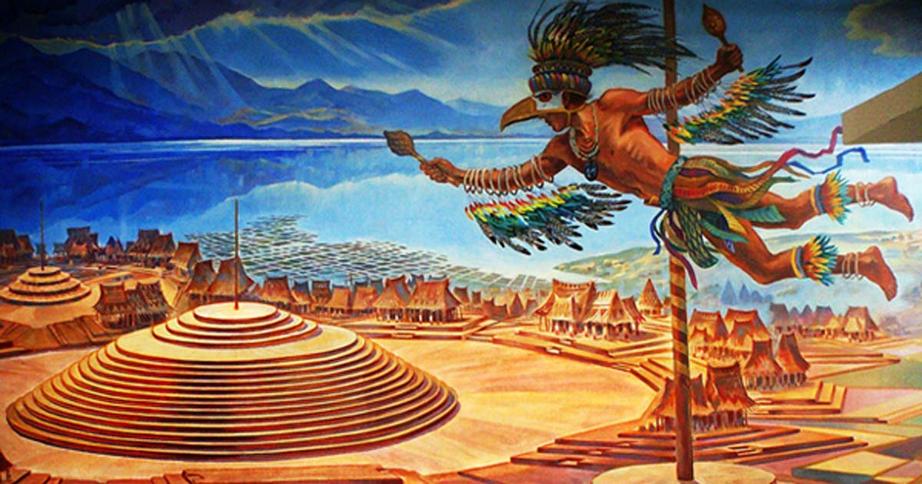Were Mexico’s circular pyramids really made for a flying ceremony?
Guachimontones (known alternatively as Huachimontones) is an archaeological site located in the western Mexican state of Jalisco. This is an important site of the Teuchitlan tradition, which was a pre-Columbian complex society that flourished in the western part of Mexico (occupying territories in the modern Mexican states of Jalisco and Nayarit). The Teuchitlan tradition is best known for its circular, step pyramid structures the main examples of which may be found at the site of Guachimontones.
Between 300 BC and AD 900, the western part of Mexico, in particular the Tequila Valley, saw the development of the Teuchitlan culture. So far, little information is available about this pre-Columbian culture. We do know that the name of this culture has been variously translated to mean ‘a place for the divine’, ‘a place for the god Tenoch’, or ‘a place dedicated to the revered god’. Additionally, the people of this culture are known to have subsisted on agriculture and fishing. Apart from that, not much is certain about the society of this culture, and how it might have functioned.
 Principle circular pyramid in the Teuchitlan Archaeological Park, Jalisco, Mexico. (CC BY-SA 3.0)
Principle circular pyramid in the Teuchitlan Archaeological Park, Jalisco, Mexico. (CC BY-SA 3.0)
Archaeology has provided some additional information about the Teuchitlan tradition. For example, it is known that obsidian, a natural volcanic glass, was exploited by the people of this culture. It has been claimed that the Teuchitlan inhabited an area that was rich in this natural resource, and were in control of over 1000 obsidian mines. It has been estimated that these mines produced up to 14000 tonnes of obsidian, which were then transformed by the city’s craftsmen into various objects, including weapons, such as swords and spearheads, mirrors, and jewelry.
For the rest of this article please go to source link below.

